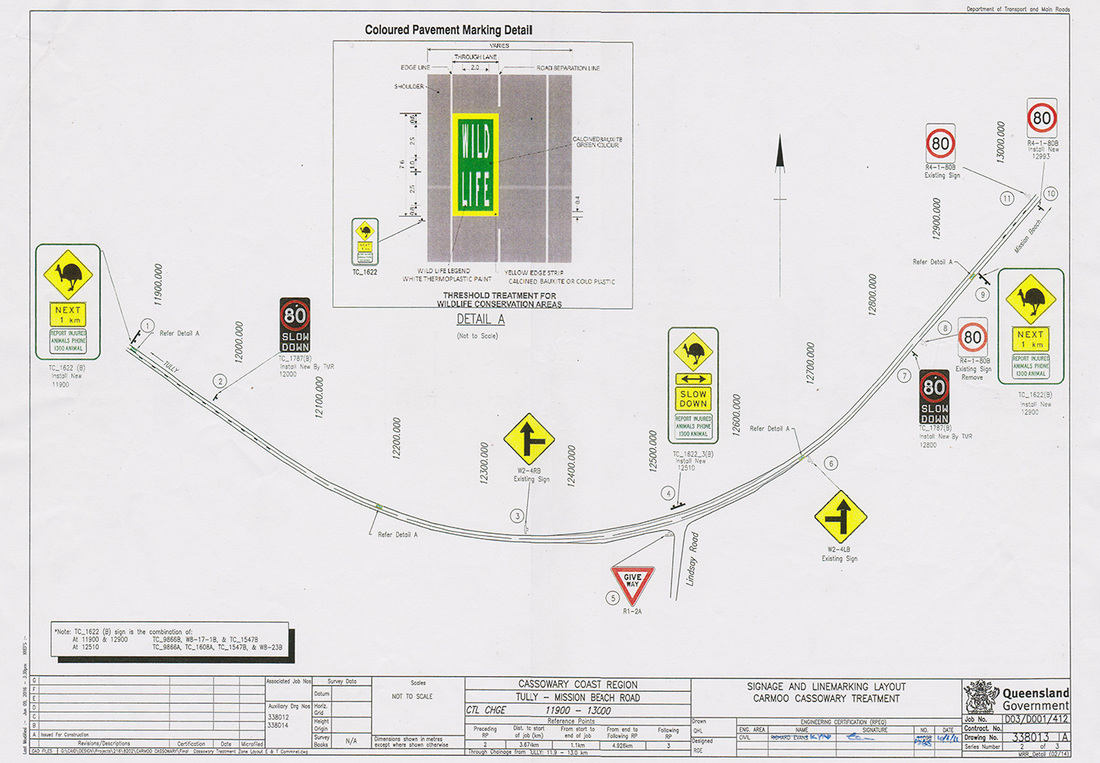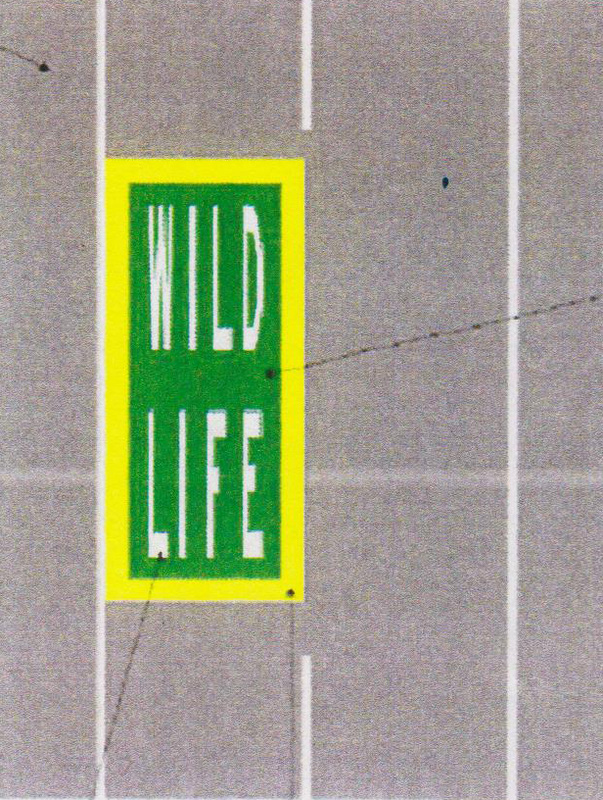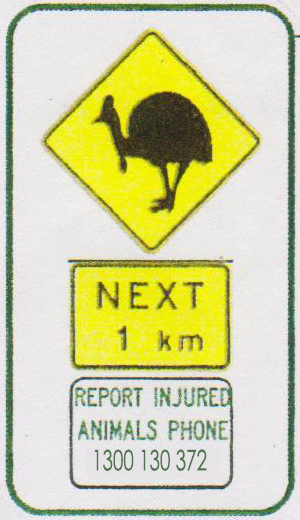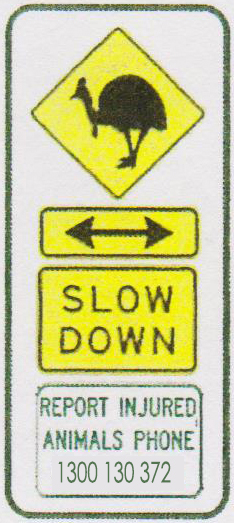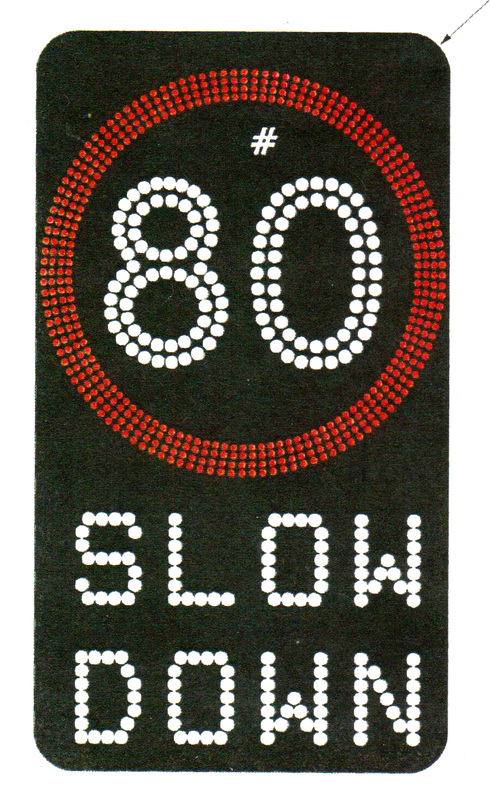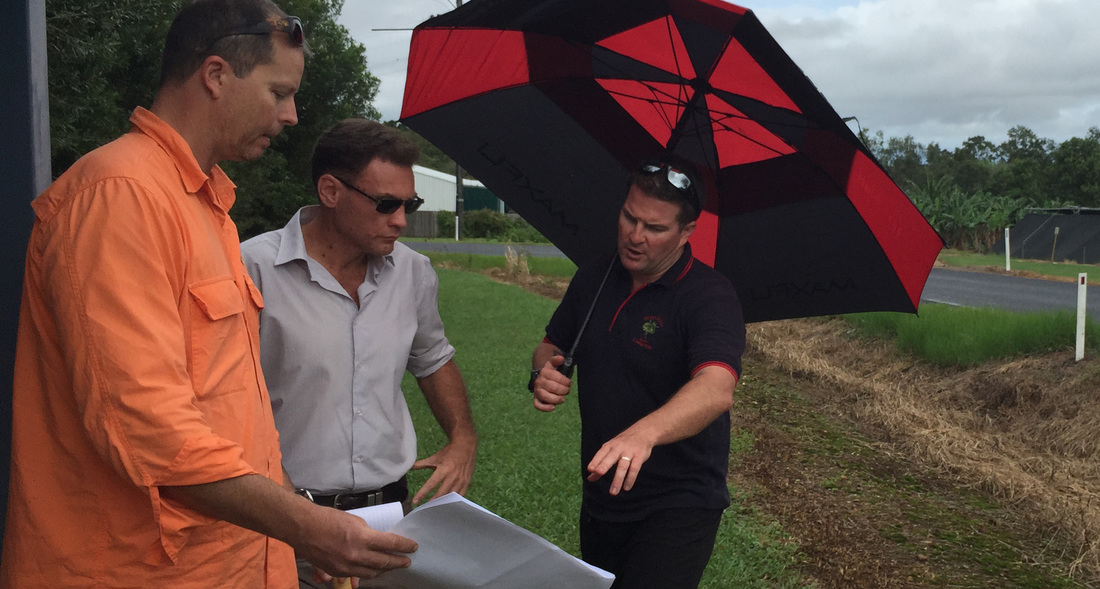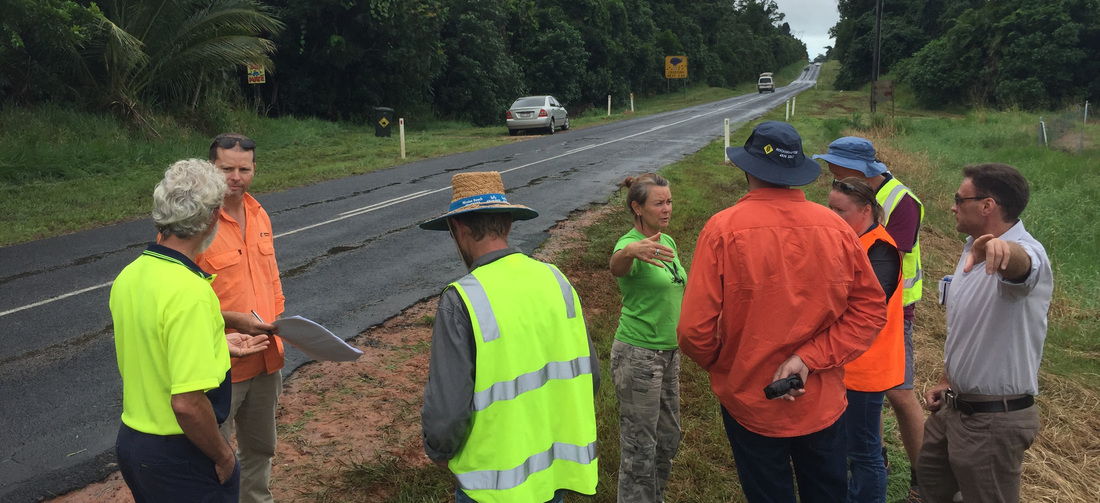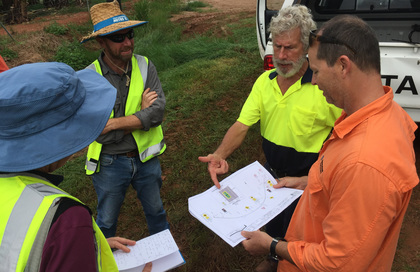
- extra signage warning drivers of approaching, and being within a cassowary crossing zone,
- four coloured pavement signs within the zone, and
- a Vehicle Activated Sign (VAS) at either approach which will illuminate if drivers exceed the speed limit of 80kph.
The signage is expected to be installed by the end of August.
Thank you to TMR and to Terrain who initiated the workshop in September 2015 which culminated in the community working closely with the state government resulting in this positive action to help cassowaries cross our roads safely.
